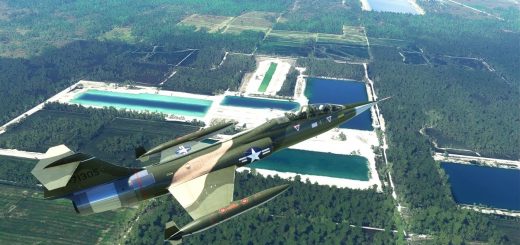De Havilland DH-89 Dragon Rapide PK-AKV KNILM v1.0
This folder contains a repaint for the de Havilland DH-89 Dragon Rapide by Dave Garwood, in the colors of PK-AKV (#6292) of the KNILM. In 1934 the Nederlandsch Nieuw Guinea Petroleum Maatschappij (NNGPM) or Dutch New Guinea Petrol Company, had been founded to investigate the possibility of oil exploration in the, at that time, Dutch colony New Guinea. As there were hardly any maps of the territory, it was decided to start aerial mapping. The assignment to do this was given to the KNILM, the Koninklijke Nederlandsch Indische Luchtvaart Maatschappij, a daughter of KLM. KNILM, for this purpose, started their own ‘Fototechnische Dienst’ (Photographic Service), led by mr. J. Hermanides. The aircraft type that was initially selected, the Fokker F.VIII, proved to be too expensive, while its American counterpart, the Ford Trimotor, was also tested but was found to be unreliable(!). The KNILM’s final choice was the DH.89 Rapide, which was not only reliable, but also affordable and could be obtained at short notice. Three aircraft of the type were ordered in the spring of 1935. To build up some experience on the type, Rapide G-ADDE was hired from Aberdeen Airways Ltd. During July and August of that year KLM crews practiced flying G-ADDE, which was, for the time, affectionately called ‘t Viooltje’ (Little Violet). On 4 September 1935 the first two KLM machines, PH-AKU (6296) and PH-AKV (6292) were delivered from Hatfield. The third Rapide, PH-AKW (6294) followed two days later. Within a week the KLM Technical Service had installed the aerial cameras in the aircraft and all three were ready to begin their journey to Bandung in Dutch New Guinea on 11 September.
The flight was led by Capt. Cox of the De Havilland company with a mixed British/Dutch crew on all three aircraft. On their delivery flight to Dutch New Guinea the flight of three encountered adverse weather conditions on 20 September. While on their way from Akyab to Rangoon, the aircraft lost each other in heavy thunderstorms. Fortunately Capt. Cox and his crew, Tideman and Brink, in the PH-AKU managed to reach Rangoon safely. They were soon followed the PH-AKW flown by a Dutch crew of Koppen, Meininger and Hegener. The third aircraft PH-AKV, flown by pilot Fulford, co-pilot Vonk and navigator Cope did however not show up in Rangoon. Capt. Cox immediately decided to organise a search party. The crews of PH-AKU and PH-AKW took off again, but they were frustrated by the still foul weather. They returned to Rangoon without a trace of Fulford’s PH-AKV. What they did not know was that Fulford had been able to make a safe precautionary landing. During the thunderstorm the fuel consumption had increased immensely. So finally fuel shortage forced him to land on the beach of Hangui, south of Bassein. As there were no telephones or telegraphs in that remote area, Fulford had to draw the attention of a ship that passed by. He was picked up and transported to the nearest telegraph station, Ngaputaw. He could then finally send a message to his colleagues in Rangoon, that his crew and he were safe, and that PH-AKV was intact. They were, of course very much relieved and immediately sent out a rescue plane with drums of gasoline. On 23 September PH-AKV safely showed up in Rangoon. Five days later the three ship formation continued their trip. On 1 October 1935 they passed through Batavia, arriving in Bandung the same day.
In the next days the three aircraft were fully serviced by KNILM technicians and their registrations were changed into PK-AKU, PK-AKV, and PK-AKW. The Dutch registrations were, by the way, not cancelled before 24 January 1936! The journey to their final destination, the expedition’s base camp at Babo, was a long one, and was split into several legs. The three aircraft left for the first leg to Surabaja on 8 October 1935. The final leg was too long for the Rapides so it was decided to load them aboard the KPM steamer S.S. ‘Baud’ in Makassar on the Isle of Celebes. On 24 October the planes were unloaded at Babo and towed to the airfield. Within days the Rapides started their operations. But the tropical conditions gave NNGPM serious headaches. The support airfields on the coral island of Jefman, and near Seroei on Japen island were soon flushed away by the torrential showers of the rainy season. On 7 March 1936, Rapide PK-AKW overturned while landing at Babo. The aircraft was heavily damaged and written off. Pilot Tideman and his crew suffered only minor injuries. In April of the same year a Sikorsky S-38 amphibian was sent to Babo as a replacement for the unfortunate Rapide.
By November their job was finished and the PK-AKU and PH-AKV were shipped back to Batavia, on board S.S. ‘Op ten Noort’. After a full overhaul at Tjilitan, both aircraft were used by the KNILM in the Dutch Indies archipelago. On 16 August 1938, while on an aerial mapping mission to Celebes, PK-AKU suffered from an engine failure. Despite the fact that pilot Fritz and photographer van der Putten threw everything out of the plane that was not absolutely essential for flight, the Rapide kept losing altitude. It forced the pilot to land on a beach near Ketapang. In this landing accident the aircraft’s wings broke off, and during later inspection at Surabaja, PK-AKU was declared written off. The remaining Rapide, PK-AKV, survived until the Japanese attack on the Dutch East Indies. It was provisionally repaired after it was hit during a Japanese fighter attack on 26 January 1942, causing a hole in a wing spar. After a flight to Andir, a thorough inspection revealed that one of the control cables had almost been cut by a bullet. The aircraft was still under repair at Andir, when the Dutch surrendered to the Japanese invaders on 8 March 1942. The further history of PK-AKV is unknown, the aircraft possibly demolished by the authorities or lost during the hostilities. Repaint by Jan Kees Blom, based on the paintkit by Dave Garwood.

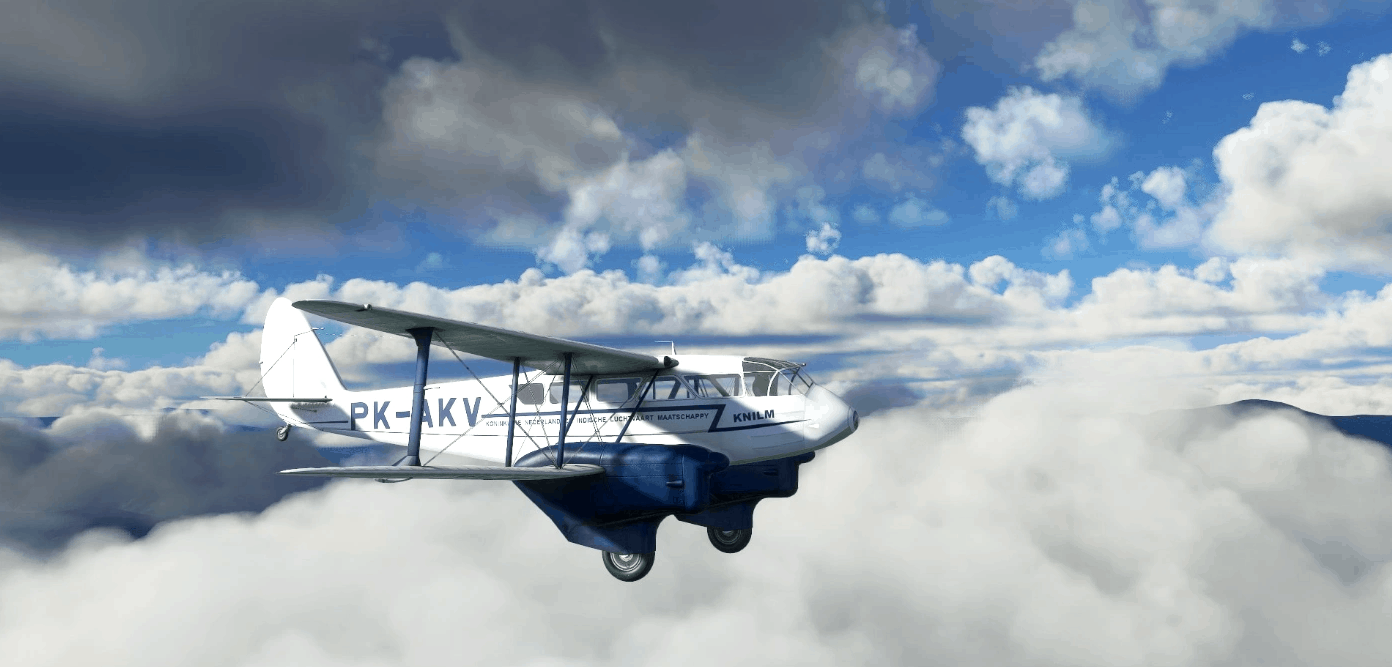
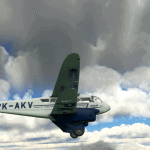
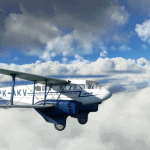

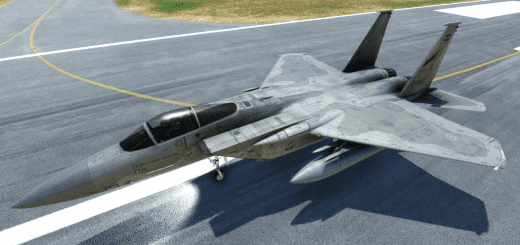
![InsideA gameR Livery [8K Downscaled] v1.0](https://www.allflightmods.com/wp-content/uploads/2020/12/InsideA-gameR-Livery-8K-Downscaled-v1.0-3-520x245.jpg)
